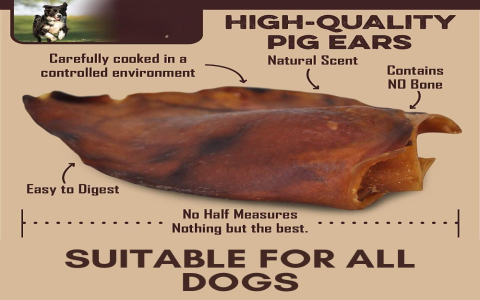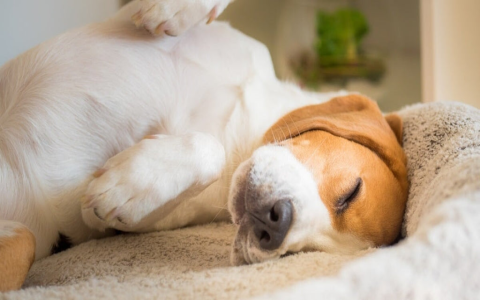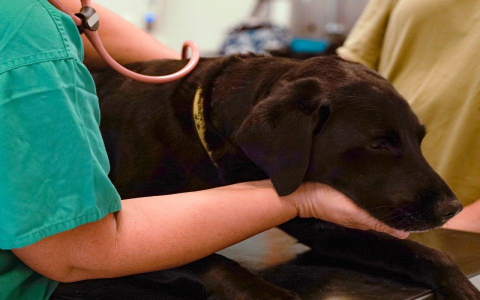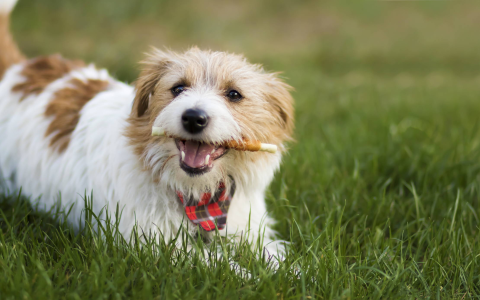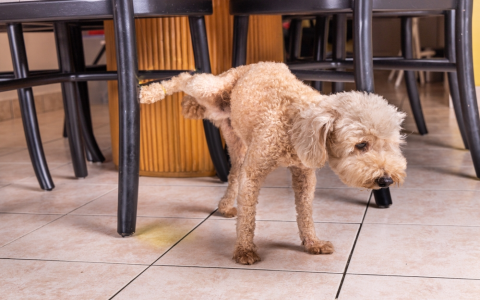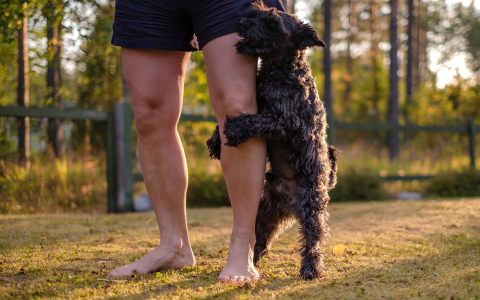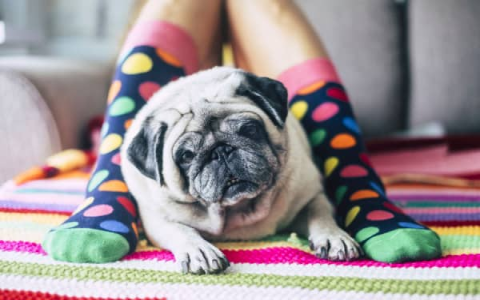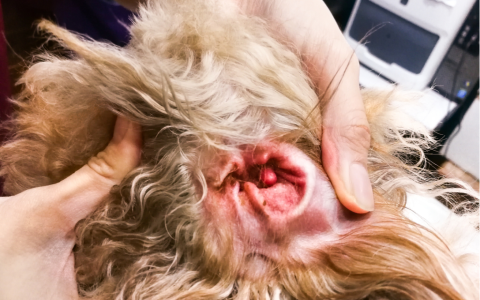Choosing the best dehydrated pig ears for dogs? Here is what you need to look for first.
Okay, so I decided to try my hand at making dehydrated pig ears for my dog. Seemed like a good idea, maybe save a bit of cash and know exactly what's going into his treats. Plus, keeps him busy chewing for ages, which is always a win.
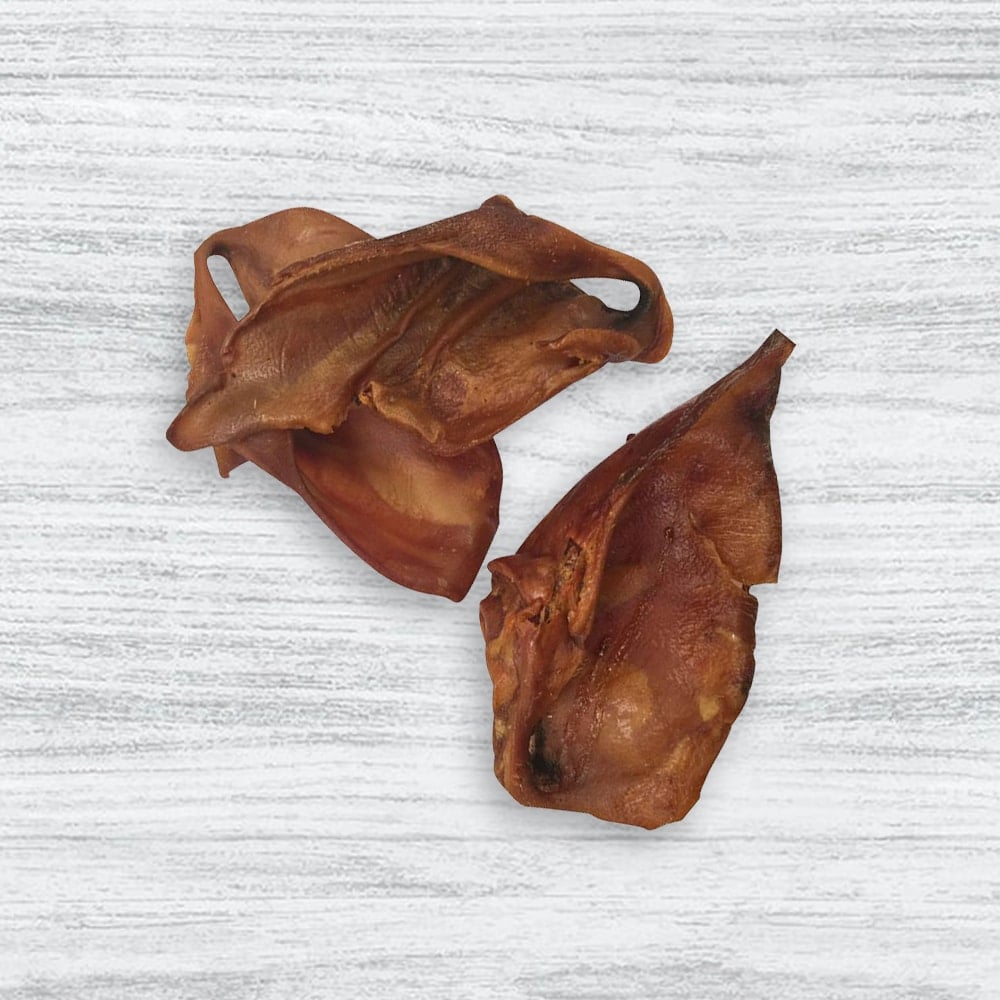
Getting Started & Prep Work
First off, I had to get the pig ears. Found some raw ones at a local butcher shop. They looked… well, like pig ears. Kinda floppy and pale. Got a decent batch, figuring if I was going to make the effort, I might as well make a few.
Back home, the cleaning part started. This wasn't the most fun bit, gotta be honest. I gave them a really good scrub under cold running water. Used a stiff brush to get into all the folds and crevices. You find bits of hair sometimes, maybe some waxy stuff in the ear canal part. You just gotta get it all off. Rinsed them again and again until the water ran clear and I felt okay about them.
Then I laid them out on paper towels and patted them down really well. You want them as dry as possible before they go into the dehydrator. Some folks boil them first, but I decided to skip that this time around, wanted to see how they turn out just raw dehydrated.
Into the Dehydrator
Got my dehydrator out, one of those round stackable tray types. Nothing fancy. I arranged the ears on the trays. Important bit here: make sure they don't touch. You need the air to circulate all around them. Had to use a few trays to fit them all in without crowding.
I set the temperature. I went with around 160 degrees Fahrenheit (that's about 70 Celsius). Read somewhere that's a good temp for meat to kill off any nasty bacteria but still low enough to dehydrate properly without cooking it too much.
And then, the waiting game began. This takes a while. Like, a long while.
- Checked them after about 10 hours. They were starting to shrink and darken, getting a bit leathery.
- Rotated the trays, top to bottom, front to back, to make sure they dried evenly.
- Kept checking every few hours after that.
The whole process took probably close to 24 hours, maybe a bit more. The house smelled… interesting. Not bad, exactly, just kinda like cooking pork, but faint and constant. It wasn't overwhelming, but you notice it.
The Final Product
How do you know when they're done? They should be hard and kinda brittle. When I tried to bend one, it felt like it might snap rather than fold easily. They shrink a lot and get much darker, sort of a deep amber or brown color. They shouldn't feel greasy or wet or soft anywhere.
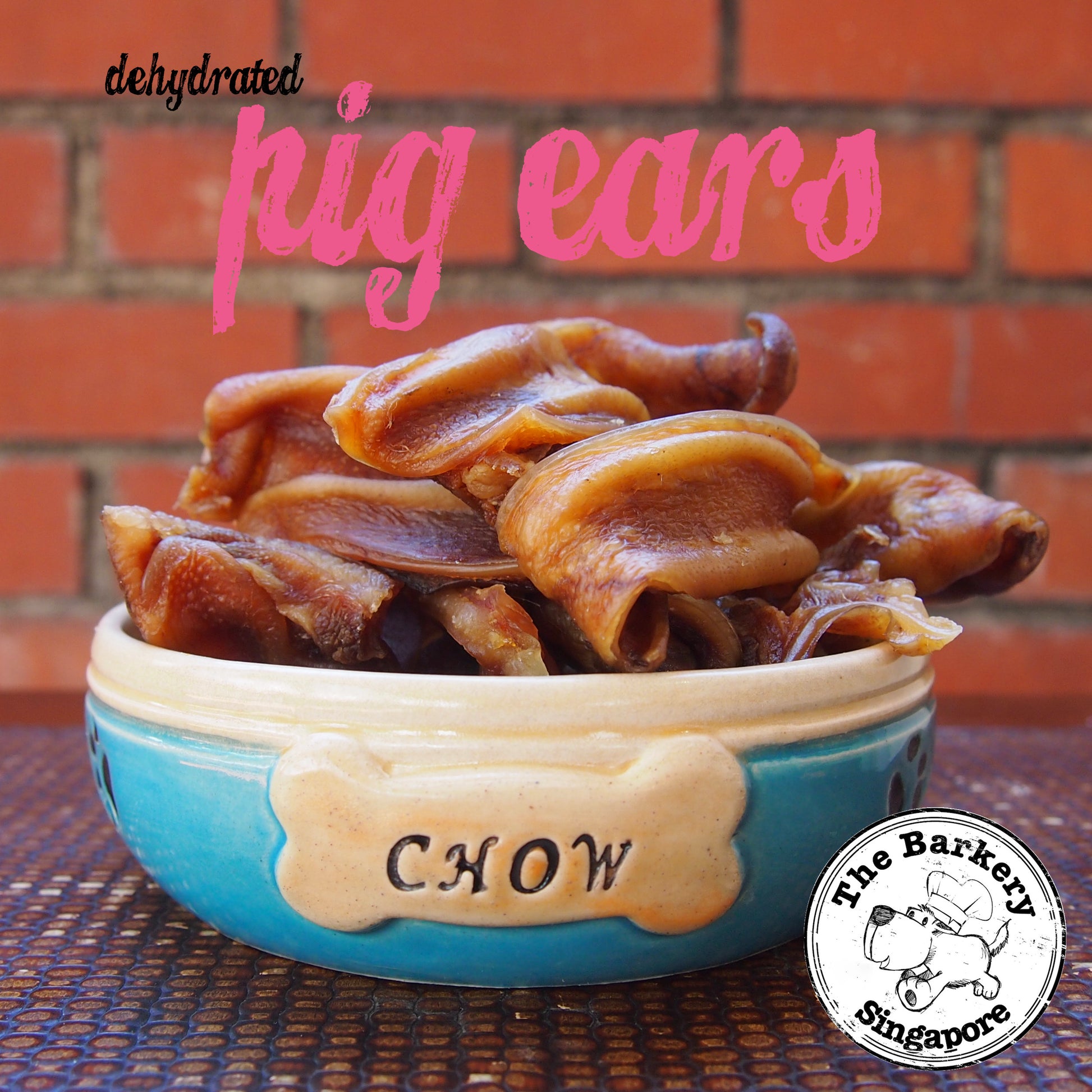
Once I was happy they were fully dried, I turned off the dehydrator and let the ears cool down completely on the trays before I touched them again. This is important for storage, prevents condensation.
So, the result? Nice, hard, chewy pig ears. They looked pretty much like the ones you buy, maybe a bit more 'rustic'. And the dog? Oh yeah, he went nuts for them. Knew exactly what they were the second I pulled one out. Took it straight to his favorite chewing spot and went to town.
Storing them is easy, just put them in an airtight container or a ziplock bag. Keep them somewhere cool and dry. They should last a good while.
Overall, pretty successful experiment. Takes time, yes, and the cleaning isn't glamorous, but it's straightforward. Definitely doing it again.
